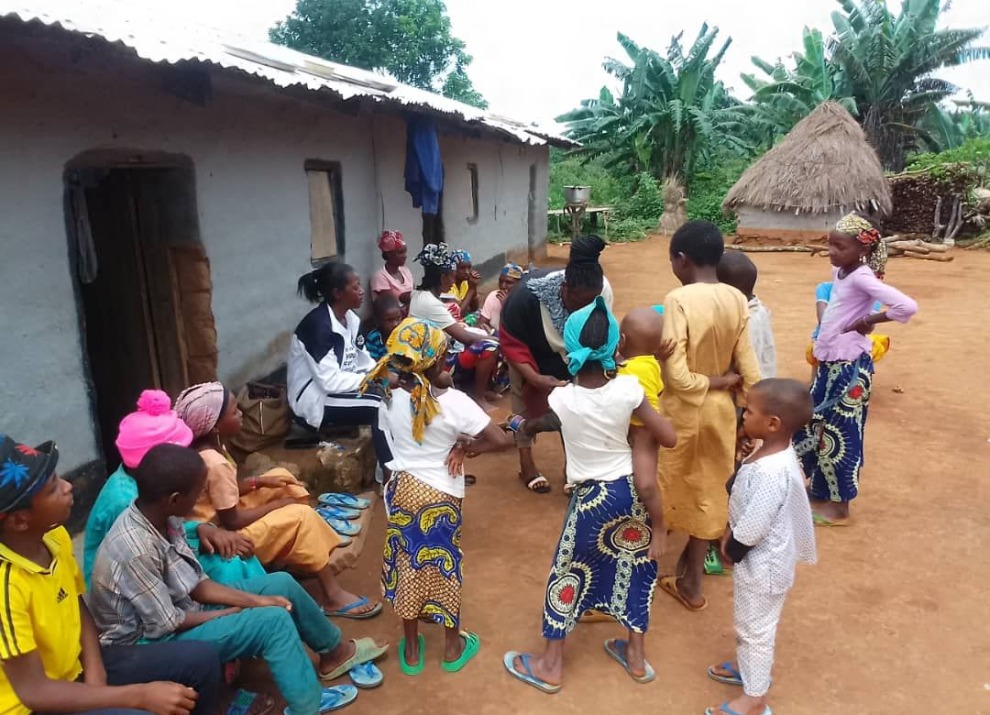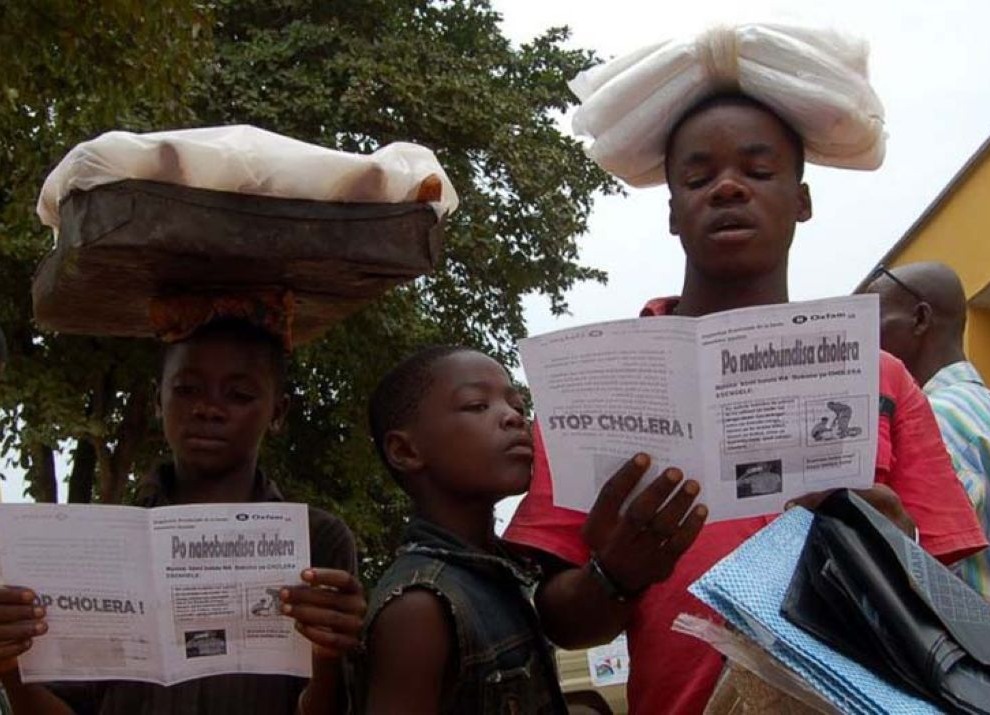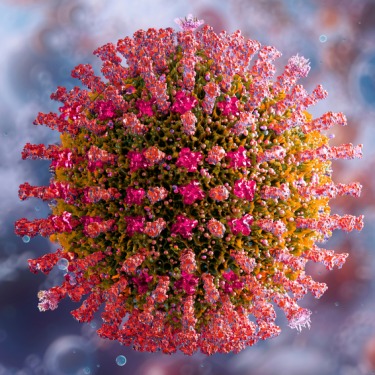
Measles continues to be a rising threat with concerns surrounding global vaccine hesitancy. In 2023 the WHO released estimates that showed a 20% increase in measles cases over 2022 numbers.
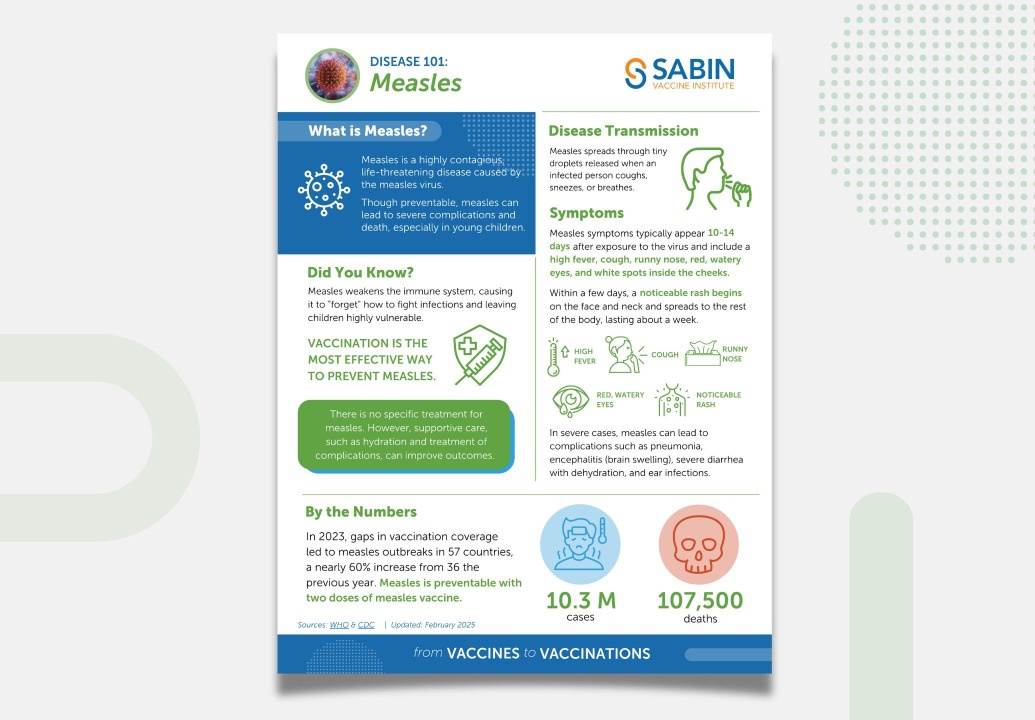
Measles FAQ
What is measles?
Measles is a highly contagious, life-threatening disease caused by the measles virus. It spreads through tiny droplets released when an infected person coughs, sneezes, or breathes. The virus can survive in the air or on surfaces for up to two hours. Though preventable, measles can lead to severe complications and death, especially in young children.
What are the symptoms of measles?
Measles symptoms typically appear 10-14 days after exposure to the virus. Early symptoms include a high fever, cough, runny nose, red, watery eyes, and white spots inside the cheeks. Within a few days, a noticeable rash begins on the face and neck and spreads to the rest of the body, lasting about a week. In severe cases, measles can lead to complications such as pneumonia, encephalitis (brain swelling), severe diarrhea with dehydration, and ear infections. Complications from measles are most common among children under five and adults over 30 years of age.
Measles weakens the immune system, causing it to “forget” how to fight infections and leaving children highly vulnerable.
Who is at higher risk of measles?
Unvaccinated children and pregnant people who have never had measles are at highest risk for the disease. Individuals with weakened immune systems are also easier targets for the virus. Malnourished children face a higher risk of death from measles. In areas with low vaccination coverage, these groups are disproportionately affected.
Where have cases of measles been reported?
Despite global vaccination efforts, measles remains common in regions with low immunization rates. In 2023, there were an estimated 10.3 million cases and 107,500 deaths worldwide, primarily among children under the age of five. The highest burden of cases occurs in Africa, Asia, and other regions where weaker healthcare systems, limited vaccine availability, and difficulties in reaching underserved populations lead to frequent and severe outbreaks. In the U.S., 277 cases were reported across 32 states in 2024 — a majority of which occurred in individuals who were unvaccinated.
How can people protect themselves against measles?
Vaccination is the most effective way to prevent measles. Children should receive two doses of the measles vaccine: the first at 9-12 months in high-risk areas (12-15 months in other regions) and the second dose at 15-18 months. Adults who have not been vaccinated or are unsure of their vaccination status should receive at least one dose of the measles, mumps, and rubella (MMR) vaccine, particularly if traveling to areas where measles is common. Healthcare workers, international travelers, and students entering college may require two doses for added protection.
Is there a treatment for this disease?
While there is no specific treatment for measles, supportive care — such as hydration and treatment of complications — can improve outcomes. Vitamin A supplementation is also recommended to reduce the severity of symptoms. Vaccination remains the most effective prevention strategy, saving over 60 million lives between 2000 and 2023.
Measles Prevalence in 2022
In 2023, gaps in vaccination coverage led to measles outbreaks in 57 countries, a nearly 60% increase from 36 the previous year. Measles is preventable with two doses of measles vaccine.
Relevant Resources
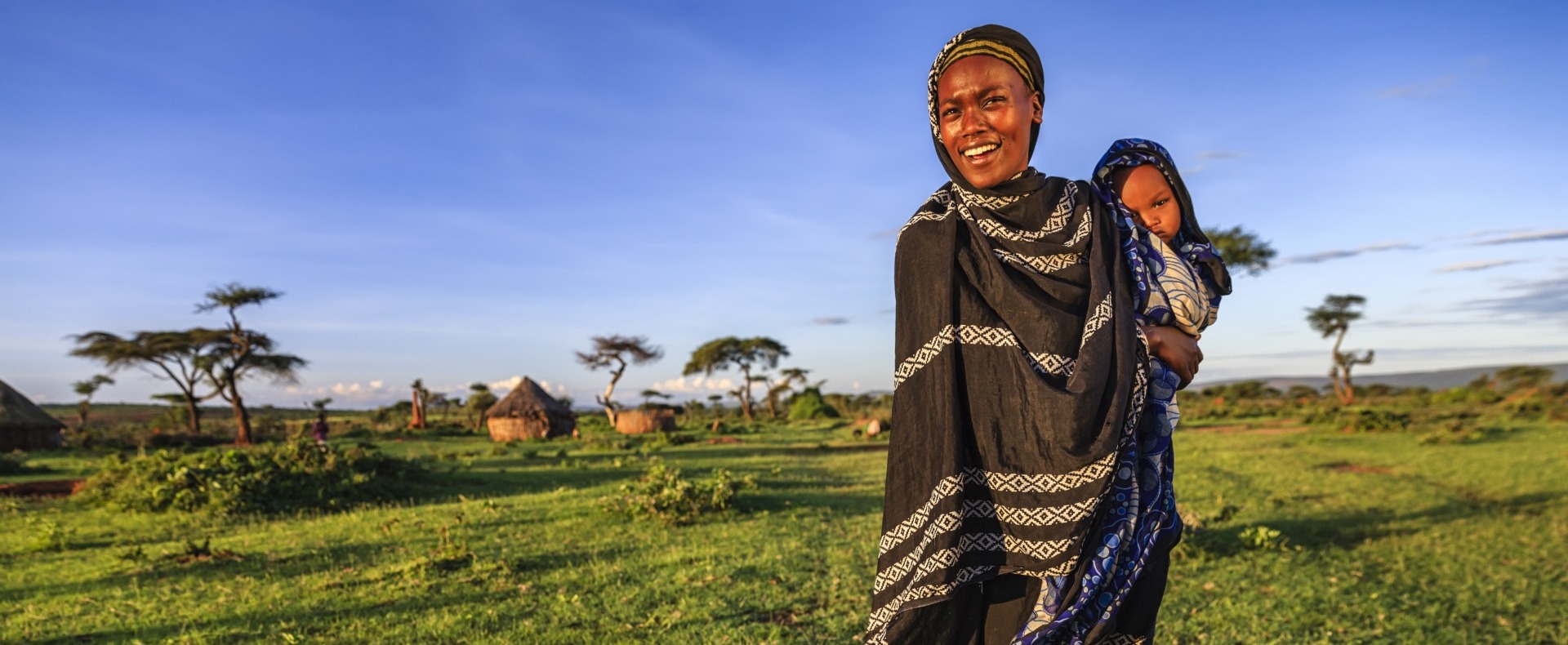
We make vaccines more accessible, enable innovation and expand immunization across the globe.

